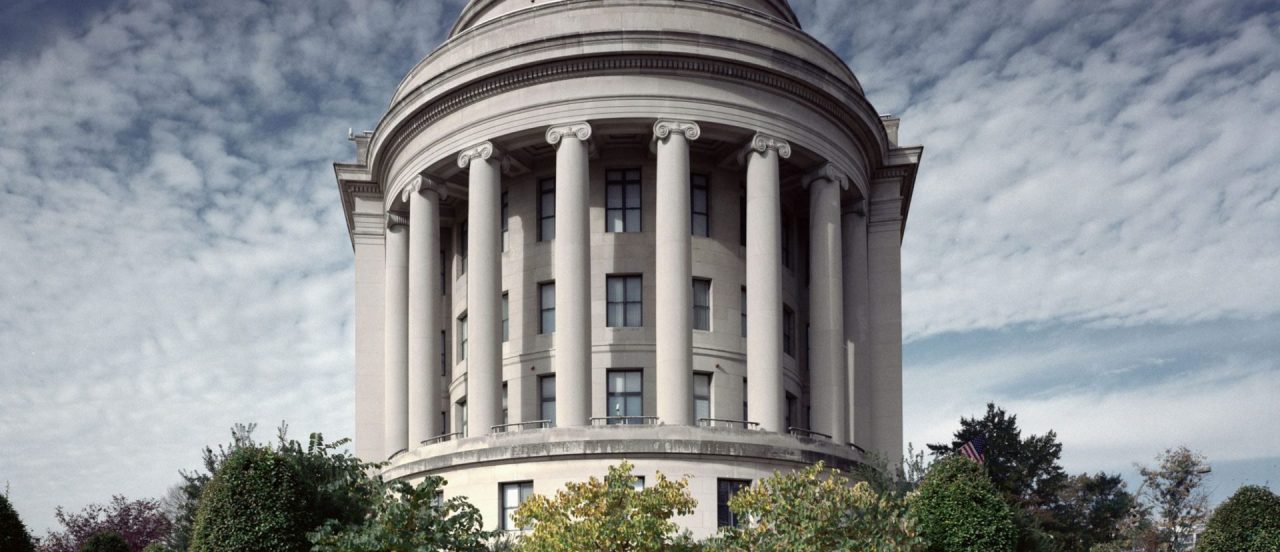On September 22, 2020, the Federal Trade Commission (“FTC”) held a public event, “Data to Go: An FTC Workshop on Data Portability.” At the event, the FTC gathered regulators, industry representatives, consumer advocates, and academics for a virtual public discussion of the potential benefits and challenges posed by data portability, as well as issues and best practices related to its government- or industry-led implementation. The workshop was a joint project of the FTC’s Bureaus of Competition and Consumer Protection and benefitted from the participation of expert panelists from around the world.
By Guilherme Roschke & Andrea Zach1
On September 22, 2020, the Federal Trade Commission (“FTC”) held a public event, “Data to Go: An FTC Workshop on Data Portability.”2 The FTC gathered regulators, industry representatives, consumer advocates, and academics for a virtual public discussion of the potential benefits and challenges posed by data portability, as well as issues and best practices related to its government- or industry-led implementation. The workshop was a joint project of the FTC’s Bureaus of Competition and Consumer Protection and benefitted from the participation of expert panelists from around the world.
Andrew Smith, Director of the FTC’s Bureau of Consumer Protection, delivered the opening remarks, noting that the primary objective of the workshop was not a “broad policy pronouncement or legislative recommendation.” Rathe
...THIS ARTICLE IS NOT AVAILABLE FOR IP ADDRESS 216.73.216.23
Please verify email or join us
to access premium content!

